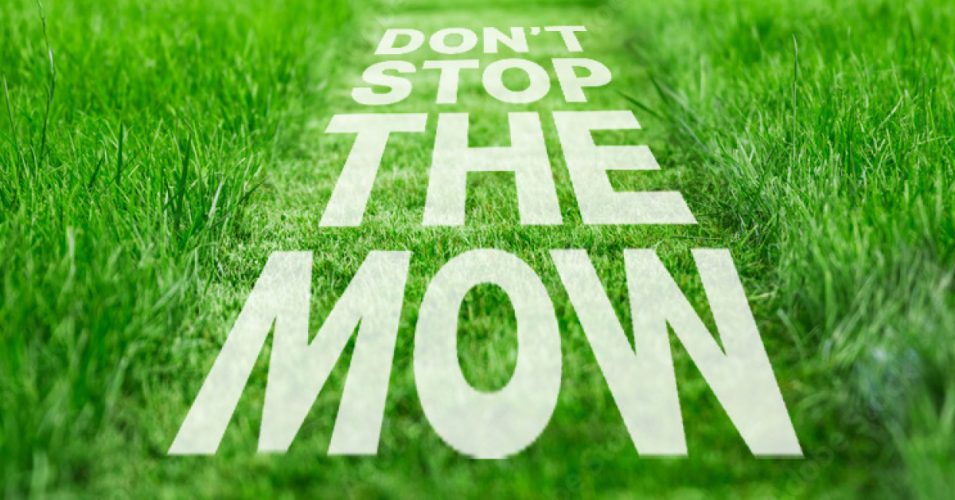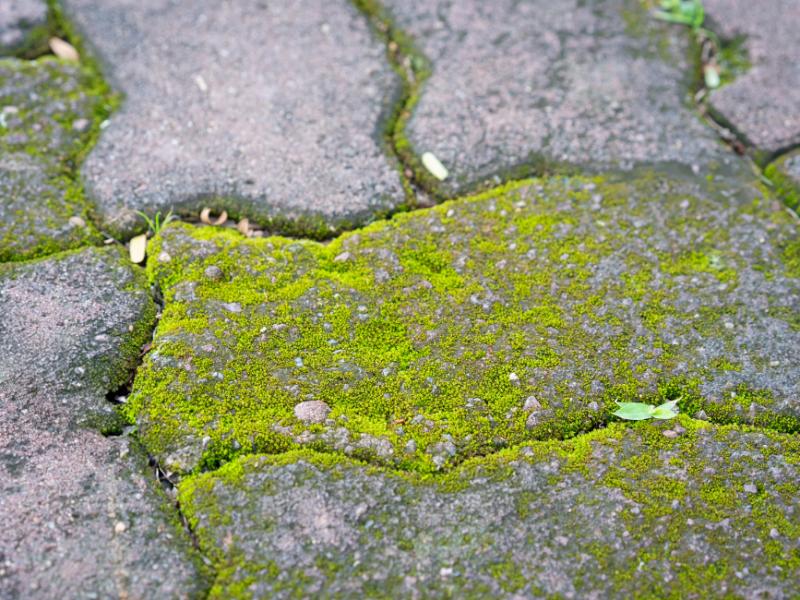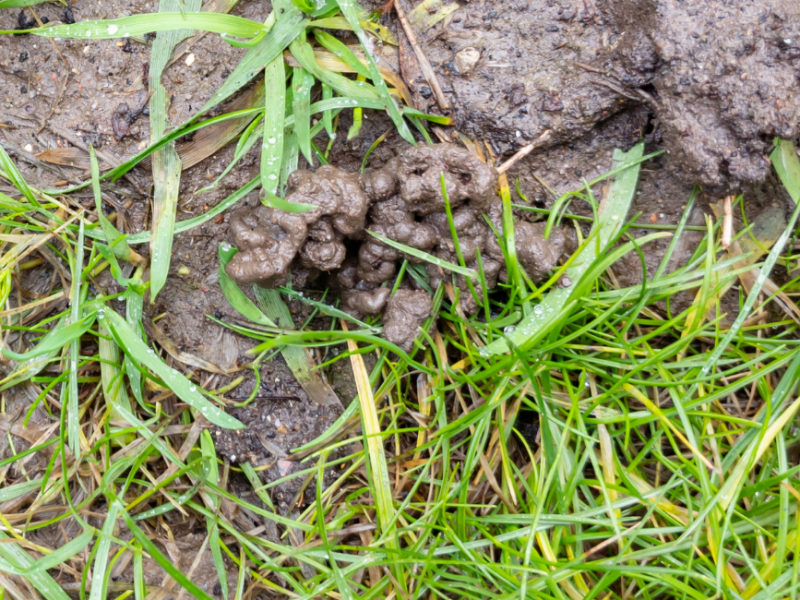Cold weather shouldn’t be taken as an excuse to pack away the mower.
Staring out at the back garden on a dark and gloomy evening, the last thing you probably want to do is fire up the lawnmower. It’s no wonder, then, that so many of us buy into the myth that “you shouldn’t mow the lawn from the end of October until the start of April”. However, not giving the grass a cut when it could do with one can actually cause undue damage to the lawn come spring.
Why cut the grass over winter?
Having an overgrown lawn doesn’t just look unsightly, it causes it harm. Have you ever noticed how after that first spring mow your grass starts to turn yellow and look listless, even if you do only take off the upper third? This is because it’s suddenly lost masses of nutrients contained within its blades. While your lawn will recover from this damage, it’s better to avoid it in the first place by engaging in an autumn/winter mowing regime.
When to cut the grass in the winter
Lawns don’t simply look at the calendar and decide to take a break when autumn arrives. Grass will continue growing, albeit at a reduced rate, for as long as it’s getting enough sunlight and the temperature sits around 5°C or more.
Winter mowing
This being said, cutting the grass at the wrong time or using the wrong technique can cause damage. But follow these simple rules and there’s no need to worry:
Don’t mow when wet
We’ve all heard that you shouldn’t cut the grass when wet, but most people think this is because it’s not good for the mower. In truth, lots of lawnmowers are robust enough to cope with a dewy lawn just fine. The reason you want to avoid mowing after a rainy spell is to reduce the threat of soil compaction.
Soil compaction reduces your lawn’s ability to absorb moisture, which leads to water pooling around the topsoil – seriously damaging the lawn.
Don’t mow during frost
If mowing a wet lawn is a bad idea, mowing a frosty one is a terrible idea. Hearing the crunching sound of grass beneath your footsteps might be fun, but it’s hugely damaging to the lawn. When grass is in this frozen state it’s vulnerable and you can completely kill the grass beneath your feet by stepping on it.
It’s also potentially dangerous to your own health as slipping over onto hard, frozen earth with a lawnmower in your hands is probably something you will want to avoid doing.
Don’t go too low
Set your lawnmower to a higher cutting height, as we’d suggest in the summer months too, to avoid cutting the grass too short. In winter, the shorter daylight hours grant the lawn less time to photosynthesise; by cutting the lawn too short you decrease each blade of grass’ surface area which in turn reduces its ability to grow and nourish itself.
By not going any shorter than five or six centimetres you also reduce the chances of scalping the lawn, which is something else you really want to avoid doing, as over the winter it will take longer for your lawn to recover.
Don’t mulch
Sometimes mulching in the summer can be a good way to feed your lawn with nutrients. However, over the winter be sure to collect all of the cuttings. Not only can clippings block sunlight from reaching the lawn, if these clumps of dead grass stay wet for too long sat on your lawn, they can provide the perfect habitat for certain fungi, such as snow mould, to grow.
In need of winter care?
Greensleeves’ winter treatments focus on providing your lawn with all of the nutrients it needs to stay healthy during inclement weather. To find out more click here.





